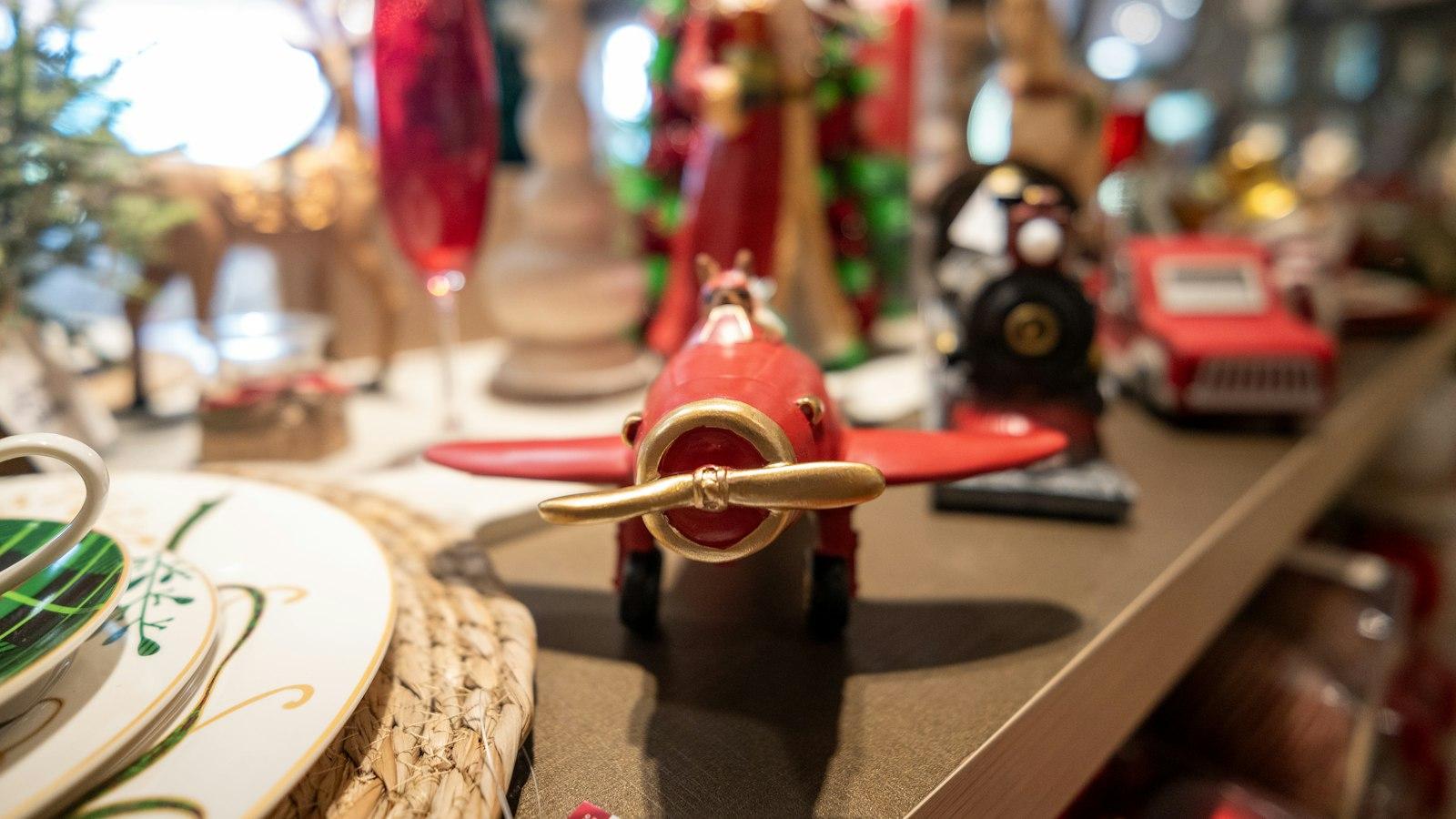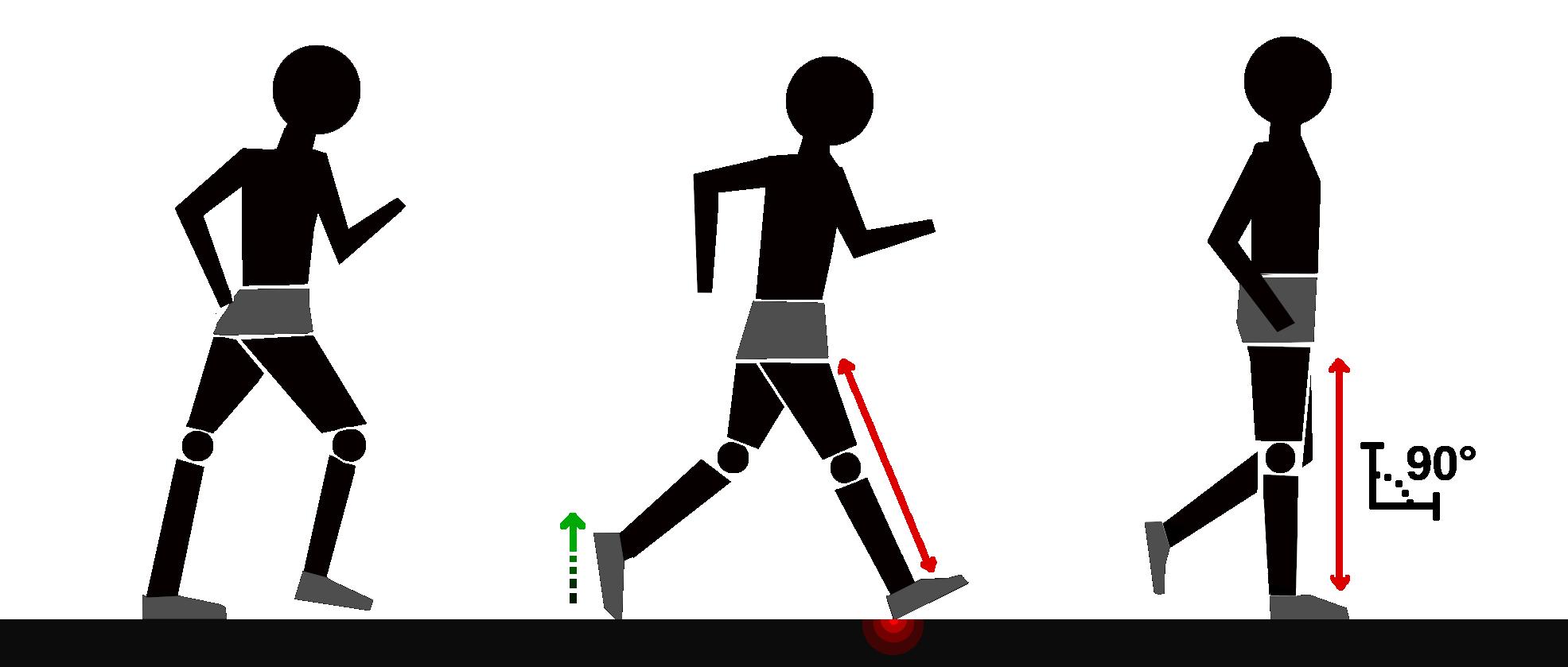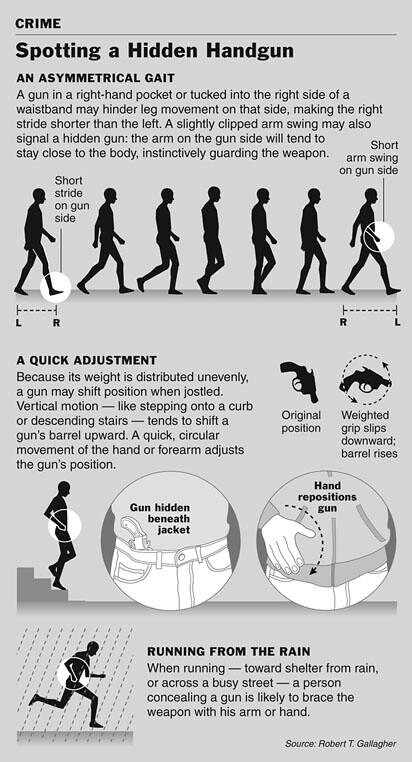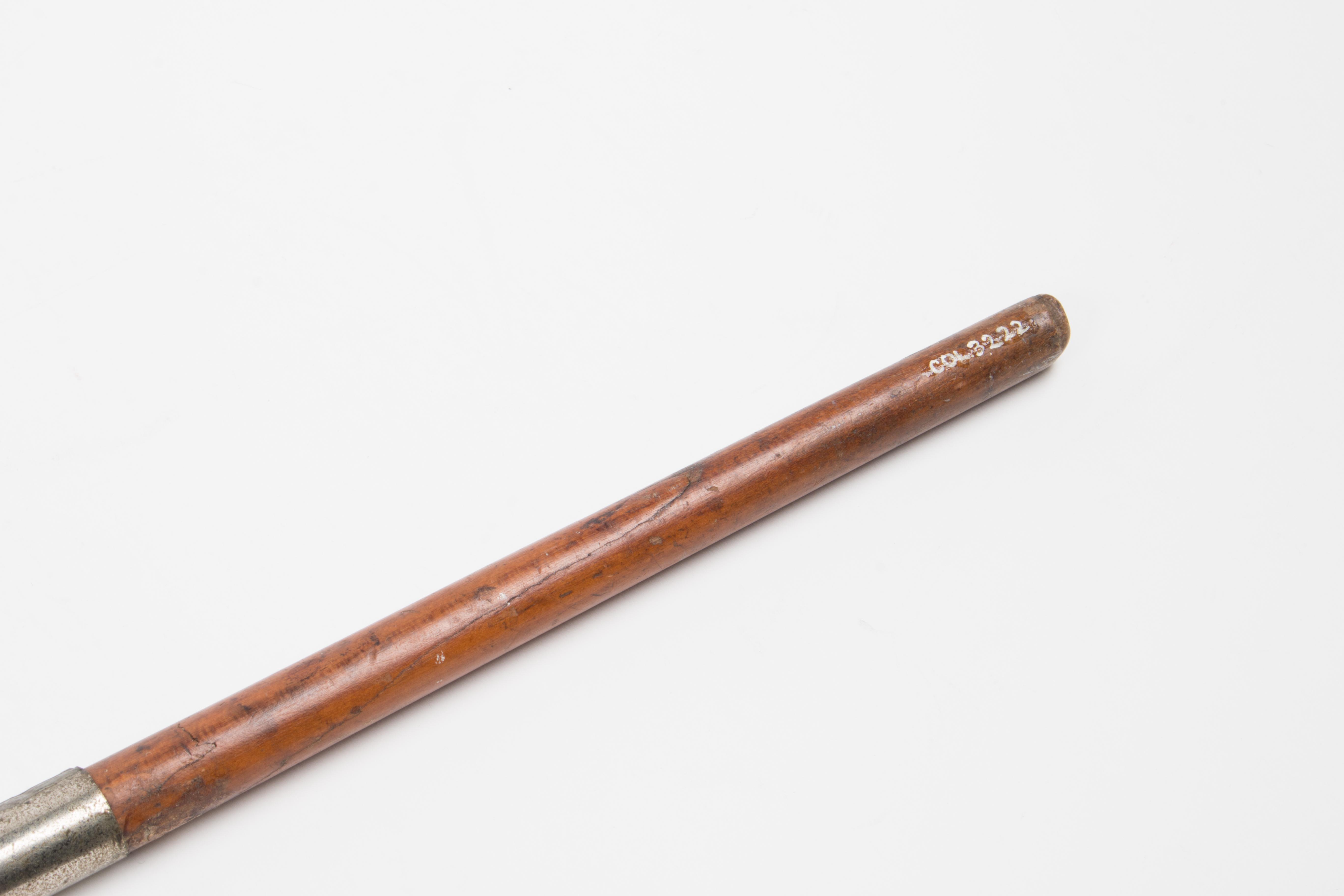
Title: Mastering Mobility: A Comprehensive Guide on How to Use a Cane
Introduction:
For individuals facing mobility challenges, a cane can be an invaluable tool to regain confidence and navigate the world with ease. Whether it’s due to age, injury, or a long-term condition, using a cane properly can significantly improve stability and help maintain independence. In this informative guide, we will explore the fundamental techniques and best practices for using a cane effectively. By understanding the various types of canes available and learning the correct way to hold, walk with, and care for your cane, you’ll gain the knowledge and skills necessary to enhance your mobility and lead a more fulfilling life. Now, let’s embark on a journey to discover the art of utilizing a cane to its fullest potential.
Different types of canes and their uses
Different types of canes serve various purposes and are designed to cater to specific needs. Whether you’re using a cane for stability or rehabilitation purposes, it’s important to choose the right type that meets your requirements. In this post, we will explore the different types of canes and their unique uses.
Standard Canes:
Standard canes are the most widely used and versatile type of cane. They usually consist of a straight shaft with a curved handle, offering support and balance while walking. Standard canes are suitable for individuals with mild balance issues or those who need occasional help with stability.Quad Canes:
Quad canes, also known as four-point canes, feature a base with four prongs at the bottom. This design provides enhanced stability and support, making them ideal for individuals who have limited balance or need extra support while walking on uneven surfaces. Quad canes offer reliable stability, particularly for those recovering from knee or hip surgeries.Folding Canes:
Folding canes are designed for convenience and portability. These canes can be easily collapsed and stored in a bag or suitcase when not in use. They are perfect for travelers or individuals who require intermittent assistance but don’t want to carry a full-sized cane. Despite their compact size, folding canes provide reliable support and stability.Offset Canes:
Offset canes have a curved handle that ensures better weight distribution and reduces stress on the wrist. These canes are suitable for individuals with arthritis or hand conditions, as they allow users to apply less pressure on their joints. Additionally, offset canes provide enhanced balance assistance, making them a popular choice for those who need long-term support.Specialized Canes:
In addition to the standard types, there are specialized canes tailored to specific needs. These may include bariatric canes designed for individuals with a higher weight capacity, adjustable canes that cater to different heights, and even stylish canes that focus on aesthetics without compromising functionality. Specialized canes serve unique purposes and offer personalized solutions for individuals with specific requirements.
It’s important to choose a cane that suits your needs and provides the necessary support and stability. Consult with a healthcare professional or physical therapist to determine the type of cane that will be most beneficial for you. Remember, using a cane properly and maintaining correct posture while walking is crucial for optimal support and functionality. So, don’t hesitate to seek professional guidance to ensure you’re using your cane effectively and safely.

Correct posture and grip for using a cane
Using a cane can greatly improve balance and stability while walking, but it’s important to maintain correct posture and grip for the most effective use. By following these tips, you can ensure that you are using your cane properly and maximizing its benefits.
1. Posture
When using a cane, it’s crucial to maintain good posture to avoid straining your muscles and joints. Here are some key points to remember:
- Stand up straight with your head, shoulders, and back aligned.
- Keep your chin parallel to the ground.
- Engage your core muscles to provide stability.
- Do not lean forward or slouch while walking.
By maintaining proper posture, you can distribute your weight evenly and reduce the risk of falls or injuries.
2. Cane Height
Adjusting the height of your cane is essential to ensure optimal support and balance. To determine the correct height:
- Stand up straight with your shoes on.
- Let your arm hang naturally by your side.
- Adjust the cane so that the top of the handle aligns with your wrist crease.
- Make sure your elbow is slightly bent when holding the cane.
Proper cane height allows for a natural and comfortable walking motion while reducing stress on your joints.
3. Grip
The way you grip your cane can greatly affect its functionality. Here are some tips for a proper grip:
- Hold the cane handle firmly but without gripping too tightly.
- Place your hand on the handle so that your wrist is in a neutral position.
- Keep your fingers extended and wrapped comfortably around the handle.
- Avoid holding the cane too low or at an awkward angle, as this can strain your hand and wrist.
A proper grip ensures better control and stability while using the cane.
4. Walking Technique
Using a cane correctly while walking can help you maintain balance and prevent accidents. Follow these steps:
- Hold the cane in the hand opposite to the side that needs support.
- Take a step with the affected leg while simultaneously planting the cane on the ground.
- Transfer your weight to the cane and affected leg as you swing your unaffected leg forward.
- Repeat the process, focusing on a smooth and natural rhythm.
With practice, this walking technique will become second nature, providing you with stability and confidence.
5. Cane Maintenance
To ensure a cane’s longevity and functionality, regular maintenance is essential. Here are some quick tips:
| Tip | Description |
|---|---|
| Keep it clean | Regularly wipe down your cane with a damp cloth to remove dirt and grime. |
| Check for wear and tear | Inspect your cane for any cracks, loose parts, or signs of damage, and get it repaired or replaced if necessary. |
| Replace worn-out tips | If the rubber tip of your cane becomes worn, replace it to maintain grip and prevent slipping. |
| Store properly | When not in use, store your cane in a cool, dry place, away from direct sunlight. |
By following these maintenance tips, you can ensure that your cane remains in optimal condition, providing you with long-lasting support.

Navigating stairs and curbs with a cane
Using a cane can greatly enhance mobility and independence for individuals with mobility impairments. In this post, we will guide you on how to navigate stairs and curbs with a cane effectively.
Stairs
When approaching a flight of stairs, follow these steps to safely ascend or descend:
- Stand at the edge of the stairs, ensuring your cane is centered.
- With your free hand, hold onto the handrail for additional support.
- If going up, step onto the first stair with your unaffected leg, using your cane for stability.
- Next, bring your affected leg and cane onto the same step.
- Repeat this alternating pattern until you have reached the top.
If going down the stairs, the process is similar:
- Step down with your unaffected leg, using your cane for stability.
- Bring your affected leg and cane onto the same step.
- Repeat this pattern as you descend the stairs.
Curbs
Curbs can present challenges for those with mobility impairments, but with the right technique, you can navigate them smoothly:
- Approach the curb, ensuring your cane is centered.
- Place your unaffected foot on the curb, using your cane for balance.
- Shift your weight onto the foot on the curb.
- Bring your affected foot onto the curb while moving your cane forward.
- If going down from a curb, reverse the process by placing your affected foot on the lower level first.
Remember, take your time when , allowing yourself to feel secure and balanced at each step. Practice regularly to build confidence, and consult a healthcare professional for further guidance.

Proper technique for walking with a cane
Using a cane correctly can greatly improve your mobility and stability. Follow these simple guidelines to ensure the :
1. Choose the right cane:
- Make sure the cane is the correct height for you. Stand up straight with your shoes on, and the top of the cane should align with the crease of your wrist.
- Ensure the grip is comfortable and non-slip, providing a secure hold as you walk.
2. Hold the cane correctly:
- Hold the cane in the hand opposite to your affected leg.
- Place your hand around the grip, keeping your fingers relaxed and your thumb on top for stability.
- Make sure to maintain a natural and comfortable grip throughout your walk.
3. Start with the right leg:
- When taking a step, move the cane forward simultaneously with your weaker or affected leg.
- Ensure the cane remains a stride-length ahead of you as you walk, providing support and balance.
4. Proper weight distribution:
- Distribute your weight evenly between the cane and your unaffected leg as you take a step forward.
- Avoid placing too much weight on the cane, as it should assist rather than bear your full weight.
| Common mistakes to avoid | Correct technique |
|---|---|
| Leaning heavily on the cane | Ensure an even weight distribution between the cane and unaffected leg |
| Swinging the cane too far forward | Keep the cane a stride-length ahead of you |
| Holding the cane too tightly | Maintain a relaxed and comfortable grip for stability |
5. Practice and adjust:
- Begin by walking slowly and steadily, gradually increasing your pace as you become more comfortable.
- If you experience any discomfort or pain, consult with a healthcare professional to ensure proper cane technique and fit.
Remember, using a cane can greatly enhance your mobility and provide the support you need. By following these guidelines and practicing regularly, you can walk confidently and comfortably, maintaining your independence and stability.

Tips for maintaining and caring for your cane
Maintaining and Caring for Your Cane
If you rely on a cane for support, it’s important to keep it in good condition for optimal use and longevity. Here are some valuable tips to help you maintain and care for your cane:
1. Clean your cane regularly
To keep your cane looking its best, wipe it down regularly with a soft cloth or sponge. Use mild soap and warm water to gently clean the cane, ensuring you remove any dirt, dust, or residue. Be careful not to soak the cane, as this may damage the material. Dry it thoroughly with a towel after cleaning.
2. Inspect for damages
Regularly inspect your cane for any signs of damage or wear. Look for cracks, dents, or loose parts that could affect its stability and usability. Pay close attention to the handle, shaft, and foot of the cane. If you notice any issues, it’s best to have them repaired by a professional or consider replacing the cane if necessary.
3. Check the height
Ensure your cane is adjusted to the correct height to provide optimal support and comfort. Adjusting the height is typically done by means of an adjustable shaft. Use the cane on a flat surface while standing upright, allowing your arm to hang naturally at your side. The top of the cane should align with your wrist crease for proper support.
4. Use rubber tips for stability
To enhance stability and prevent slips, consider using rubber tips on the bottom of your cane. Rubber tips provide better traction, especially on smooth or slippery surfaces. Make sure to regularly check the condition of the rubber tips and replace them if they become worn or damaged.
5. Store your cane properly
When your cane is not in use, store it in a safe and dry place. Avoid leaving it in extreme temperatures or exposed to direct sunlight for prolonged periods, as this may cause damage to the material. Consider using a cane holder or hook to keep it off the floor and protected from accidental bumps or falls.
Q&A
Q: What is a cane and why would someone need to use one?
A: A cane is a simple mobility aid designed to assist individuals with balance and stability issues while walking or standing. People may use a cane due to various reasons such as injury, surgery, muscular weakness, arthritis, or balance disorders.
Q: How do I choose the right cane for myself?
A: To choose the right cane, you should consider your height, weight, and the level of support you require. It’s recommended to stand upright in your regular walking shoes while someone measures the distance from your wrist crease to the ground. This measurement will help determine the appropriate cane length.
Q: What are the different types of canes available?
A: There are several types of canes available. The most common ones are single-point canes, quad canes, and tripod canes. Single-point canes are suitable for individuals who only require minimal balance support. Quad canes have four prongs at the base, providing additional stability. Tripod canes, similar to quad canes, have three prongs but offer better stability and support.
Q: How should I hold and grip the cane properly?
A: When holding a cane, grip the handle firmly but not too tightly. Your elbow should be slightly bent, allowing room for a comfortable stride. Avoid leaning on the cane excessively, as it is meant to provide balance and support rather than carry your body weight.
Q: What is the correct way to use a cane while walking?
A: To properly use a cane while walking, hold it in your hand on the opposite side of your weaker leg or the side that requires extra support. Take a step with your weaker leg while simultaneously moving the cane forward. The cane aids in maintaining stability and balance during each step.
Q: Are there any safety tips I should keep in mind while using a cane?
A: Yes, here are a few safety tips to consider: always inspect your cane for damage or wear, as it may compromise stability; avoid using a cane on slippery surfaces or stairs without proper handrails; wear supportive shoes that fit properly to prevent falls; and practice using the cane in different environments to build confidence and adaptability.
Q: Can using a cane be physically straining? Should I take breaks?
A: It is possible for using a cane to be physically straining, especially if you are not used to it. Gradually increase your usage over time to avoid overexertion. If you experience any discomfort or fatigue, take regular breaks to rest your muscles and reevaluate your activity level.
Q: Should I receive professional instructions on using a cane?
A: It can be helpful to receive instructions from a healthcare professional, such as a physical therapist or occupational therapist, especially if you have specific mobility limitations. They can assess your needs, adjust the cane properly, and provide guidance on correct usage techniques.
Q: Can using a cane be a temporary measure or is it generally a permanent aid?
A: The use of a cane can be both temporary and permanent, depending on the individual’s condition. For some people, a cane may only be needed during the recovery period from surgery or injury, while others may require long-term use for ongoing stability and support.
Q: Can using a cane lead to dependency?
A: No, using a cane does not necessarily lead to dependency. In fact, it can enhance independence by enabling individuals to safely and confidently navigate their surroundings. However, it’s essential to re-evaluate one’s mobility needs periodically to ensure the continued appropriateness of cane usage. In conclusion, mastering the art of using a cane can significantly improve mobility and enhance independence for individuals facing mobility challenges. By understanding the various types of canes available, ensuring proper fit and grip, and learning proper walking techniques, individuals can make the most of this invaluable mobility aid.
Remember, selecting the right cane is crucial as it needs to suit your specific needs and provide the necessary support. Whether it’s a standard cane, quad cane, or a specialized cane, consider consulting a healthcare professional or licensed physical therapist to assist you in making an informed decision.
Once you have chosen the appropriate cane, take your time to understand how to hold it correctly, adjusting the height to ensure proper posture, and positioning it on the stronger side for stability. Additionally, employing the proper walking techniques, like the tripod method or two-point gait, can help minimize the risk of falls and increase your overall stability.
Regularly inspect and maintain your cane by checking for any signs of wear and tear and replacing it if necessary. Don’t forget to use the cane on appropriate surfaces and be mindful of the environment to ensure a safe and comfortable experience.
Ultimately, by familiarizing yourself with the ins and outs of cane usage, you’ll be better equipped to navigate daily activities, maintain your independence, and improve your quality of life. Embrace the support offered by this simple yet powerful tool, and don’t hesitate to seek professional guidance if needed. Remember, practice makes perfect, so be patient, persistent, and confident in your ability to master the art of using a cane.






